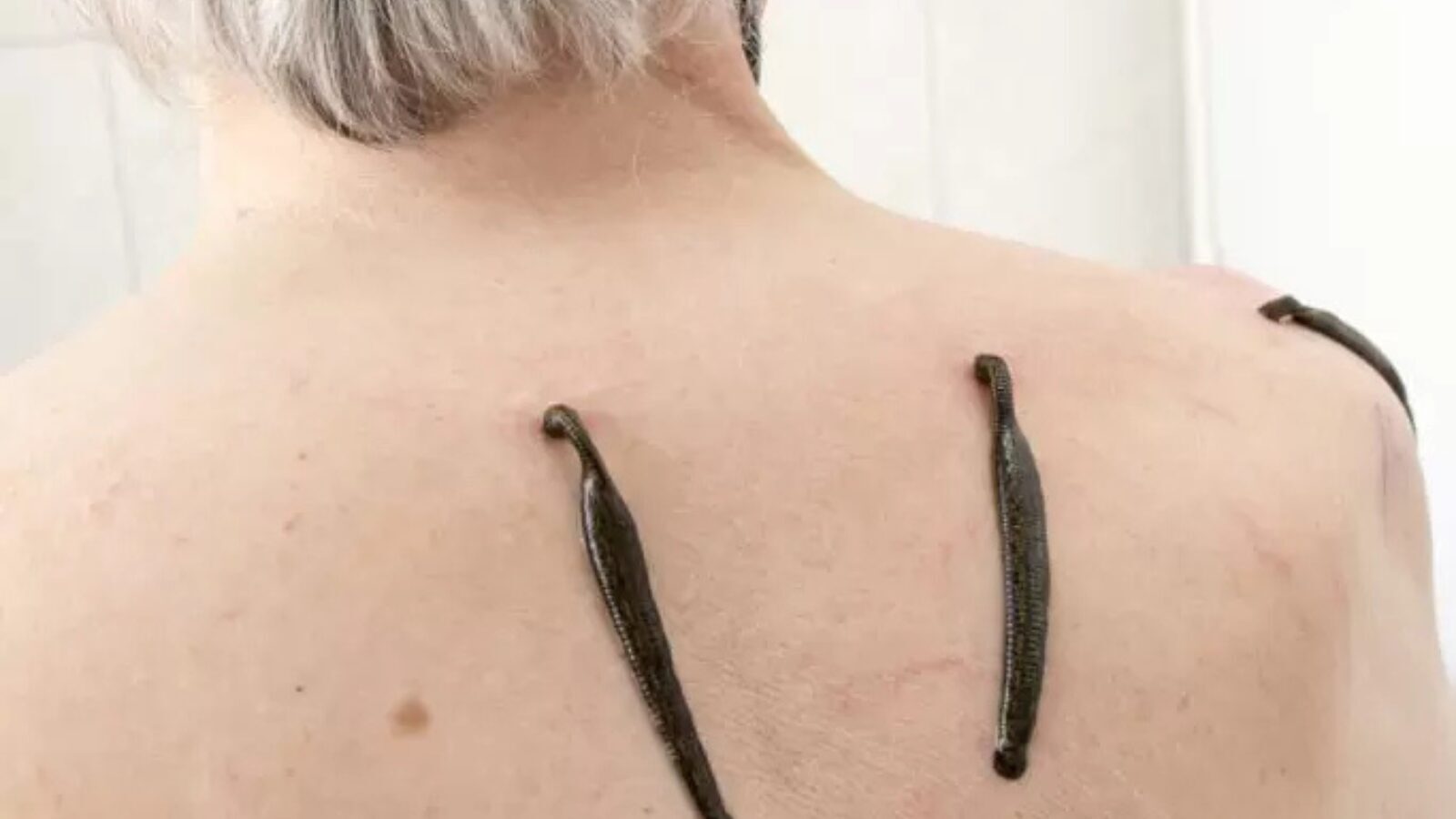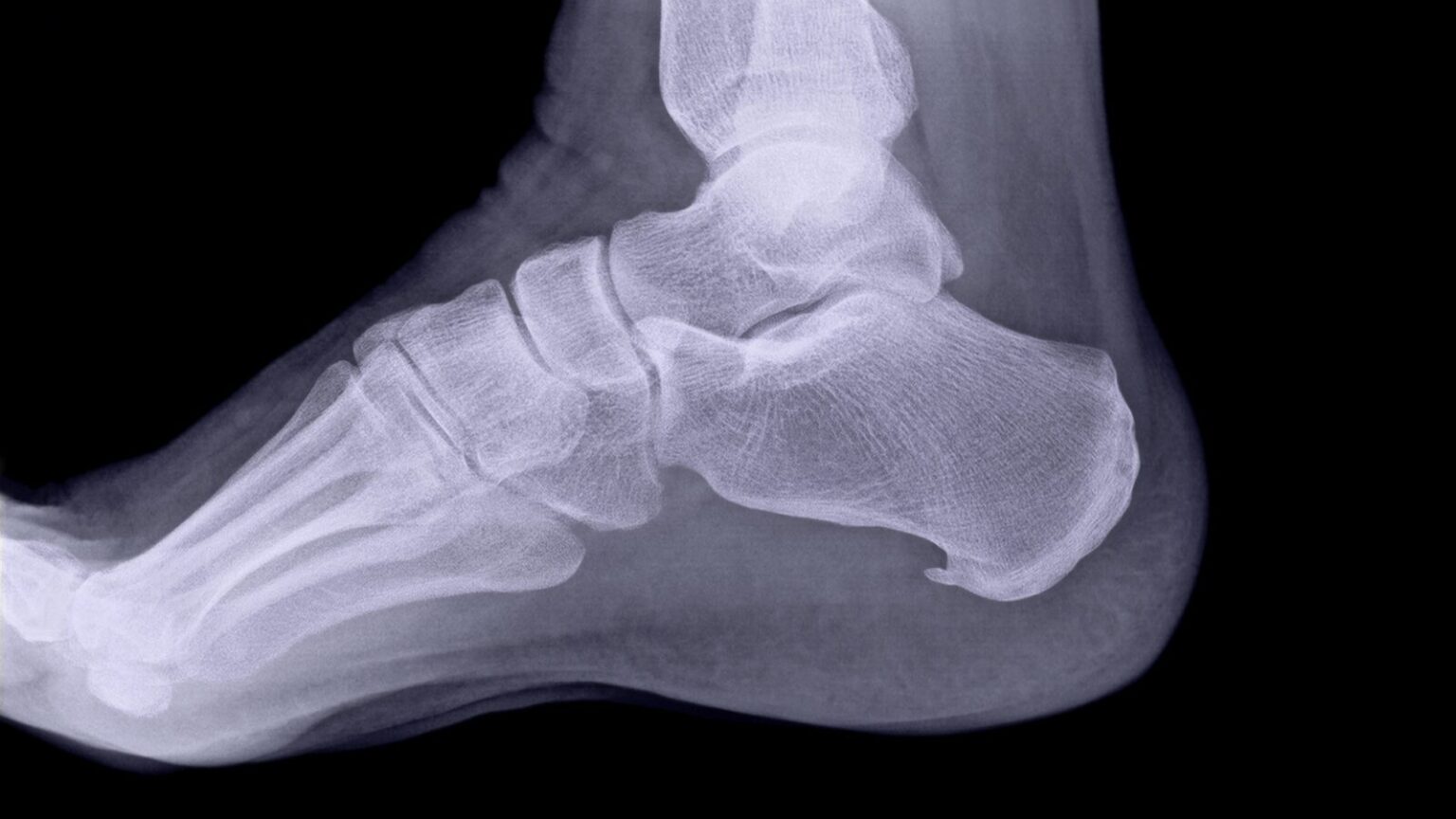Summary
The medical leech of the Hirudo species, is an example of the use of invertebrates in the treatment of human diseases. Used for various medical indications since ancient times, it is the most famous representative of Hirudinea. It is one of the few invertebrates widely used in medicine and continues to be an interesting model for scientific research.
Key words: medicinal leeches, Hirudo medicinalis, European medicinal leeches
Abstract
Medicinal leech Hirudo species, is example of the use of invertebrates in the treatment of human diseases. Used for various medical indications from ancient times, is the most famous representative of Hirudinea. This is one of the few invertebrates widely used in medicine and continually provides an interesting model for research.
Keywords: Medicinal leeches, Hirudo medicinalis, European Medicinal Leech
Introduction
The medical leech Hirudo medicinalis is one of the few examples of the use of invertebrates in the treatment of human diseases. The word "leech" probably comes from the Anglo-Saxon word for doctor, laece. [1]. Leech therapy has been used since ancient times, it was most important in the 17th and 18th centuries, when it was used in medicine for "bloodletting" and "cleansing" - treating various ailments from gout to headaches. Enthusiasm for the use of leeches in therapy waned in the late 19th and early 20th centuries, but the scientific interests of Hirudo medicinalis have continued to the present, initiated in 1880 by Haycraft, who was the first to describe the anticoagulant properties of leech saliva, followed by in 1904, Jacoby discovered an anticoagulant in leech saliva and named it hirudin. [1]. The first list of indications for hirudotherapy was defined by Bottenberg, among which he lists all inflammatory processes and rheumatic diseases, active and passive contractures of the limbs. He recommends the therapeutic usefulness of leeches in toxic states of blood, in its regeneration and renewal of red blood cells. The list of indications also includes blood clots, embolisms, exudates and transudations as well as conditions of difficult or impossible venesection.
Where are leeches used?
The pioneering use of leeches in modern plastic and reconstructive surgery is attributed to two Slovenes. In 1960, doctors M. Derganc and F. Zdravic from Ljubljana, published in the British Journal of Plastic Surgery the use of leeches in the reconstruction of tissues damaged as a result of trauma. Currently the medical leeches it is most often used in the treatment of arthritis, venous thromboembolism, microcirculation disorders after replantations, in reconstructive surgery and in traumatology [2], [4], [7].
The year 2004, June, became a breakthrough in modern hirudotherapy. The US government agency FDA (Food and Drug Administration) approved the first application for use of medical leech (Hirudo medicinalis) in medicine, classifying it as a medical device in the USA.
In Poland, in 2008, leech therapy received the catalog number 99,991 in the ICD-9 List of Medical Procedures and has since been a therapy honored by the Polish National Health Fund. Modern professional hirudotherapy allows the use of leeches only from restrictive laboratory breeding, which means that it is forbidden to obtain leeches from their natural ecosystems. Leeches used for human therapy are single-use material, disposed of in accordance with applicable law.
Taxonomic
Leeches in systematics, they belong to the ANNELIDA type of annelids, divided into the Polychaeta polychaetes, Oligochaetas oligochaetes and Hirudinea leeches. Leeches used in treatment include the species Hirudo medicinalis (Linnaeus, 1758) – Medicinalis Leech, Hirudo nipponia (Whitman, 1886), Hirudo orientalis (Utevsky & Trontelj, 2005), Hirudo troctina (Johnson, 1816), Hirudo verbana (Carena, 1820).
Characteristic
The evolutionary development of leeches, estimated at nearly five hundred million years, allowed them to improve certain adaptation mechanisms. European medicinal leech /Hirudo medicinalis/ belongs to the jaw leeches and is an ectoparasite with an elongated, dorso-ventrally flattened body, clearly segmented, without setae, with two suckers at both ends. The leech, after attaching to the skin with the front sucker, opens its jaws and incises the victim's body with a rapid muscle contraction, the second rear sucker is used to support the body. An important regulating role is played by the salivary glands, which open special channels present at the base of each of the nearly 90 chitin teeth located on each of the 3 jaws. When the skin is incised, the leech injects secretions from the salivary glands. Part of this secretion is adsorbed on the surface of the damaged blood vessel, and the remaining part is mixed with blood flowing from the wound [5]. Improved mechanisms relate primarily to the prevention of clotting of the aspirated blood and its long-term storage in the intestinal canal of the leech for a period of several months to two years. This process relies on exo-and endopeptidases secreted by bacteria, which are specific symbionts living in the intestinal canal. The low level of blood protein decomposition in the leech's intestinal canal is regulated by inhibitors of proteolytic enzymes secreted in the intestinal walls, which are also secreted in its salivary glands [6].
Summary
Medical leech therapy is not an effective therapy in all diseases, it also has a number of contraindications, but if properly conducted, it can be considered as an effective method in restoring and improving the health of patients.
References
[1] Porshinsky BS, Saha S, Grossman MD, Beery PR , Stawicki SPA (2011) Clinical uses of the medicinal leech:A practical review. JPostgradMed; 57:65-71
[2] Derganc M., Zdravic F. (1960) Venous congestion of flaps treated by application of leeches. British Journal Of Plastic Surgery
[3] Fredric R. Govedich, Bonnie A. Bain (2005) All about Leeches
[4] Abbas Zaidi SM, Jameel S S, Zaman F, Shazia Jilani, Sultana A, Shariq A. Khan (2011) A Systematic Overview of the Medicinal Importance of Sanguivorous Leeches, Alternative Medicine Review
[5] Baskova I P and L. L. Zavalova (2001) Proteinase Inhibitors from the Medicinal Leech Hirudo medicinalis Biochemistry (Moscow), Springer
[6] Laufer AS , Siddall M E. and Graf J (2008) Characterization of the Digestive-Tract Microbiota of Hirudo orientalis, a European Medicinal Leech, Applied and environmental microbiology, American Society for Microbiology
[7] Singh AP (2010) Medicinal leech therapy (Hirudotherapy) : A brief overview
Complementary Therapies in Clinical Practice, Volume 16, Issue 4, Pages 213-215, Elsevier
PIJAWKA LEKARSKA W ASPEKCIE PRZYDATNOŚCI LECZNICZEJ – WPROWADZENIE. dr n med. inż. Joanna Wojewódzka, grudzień 2017





